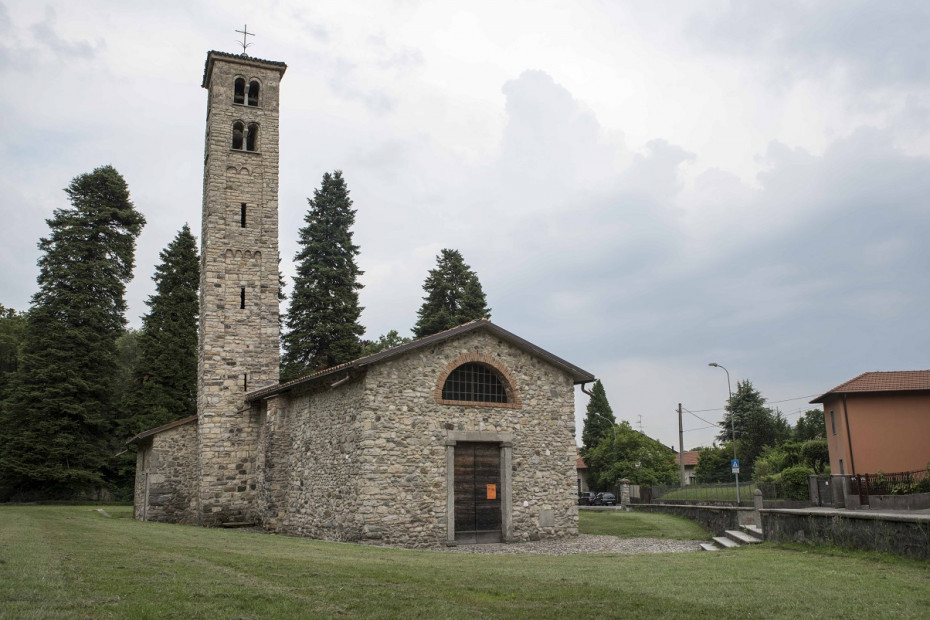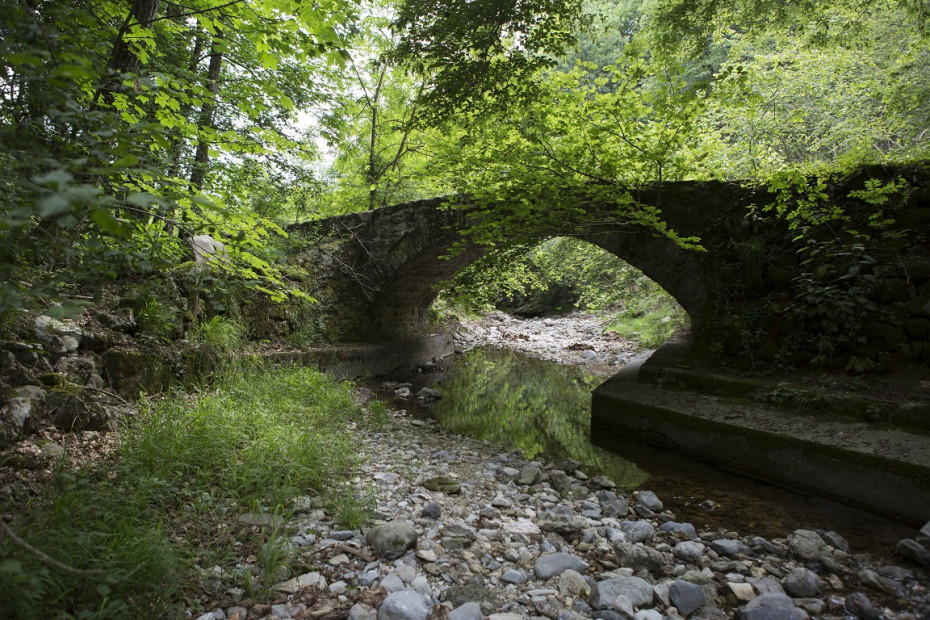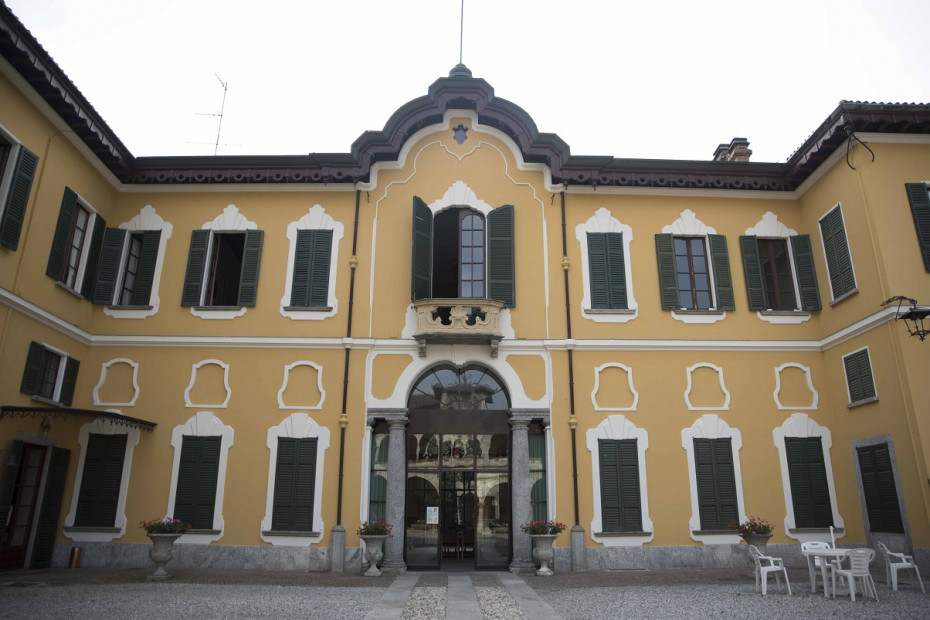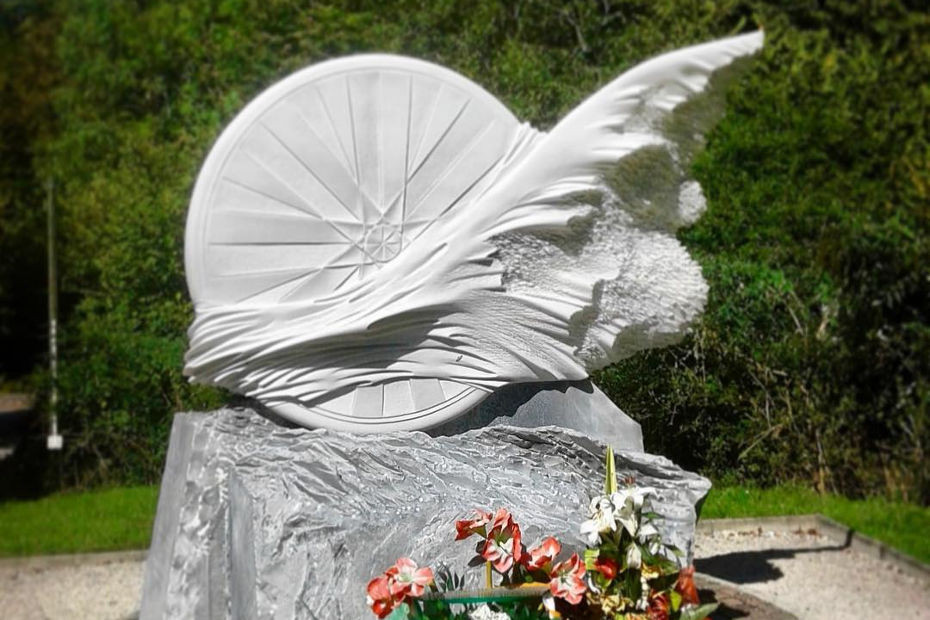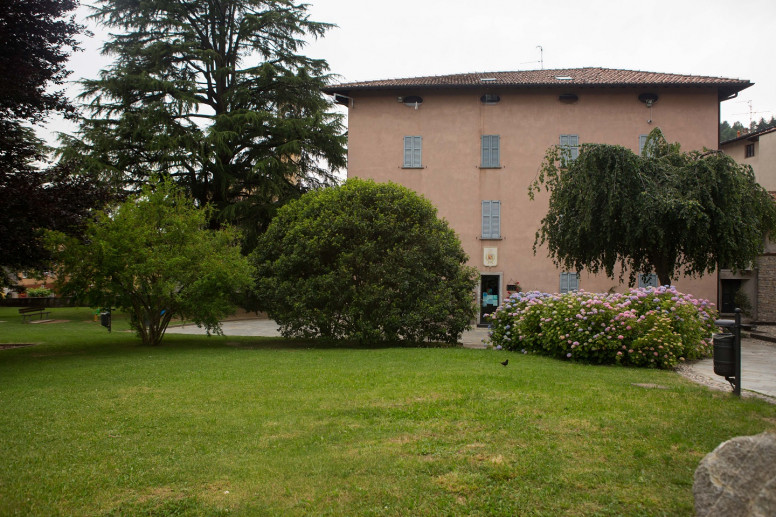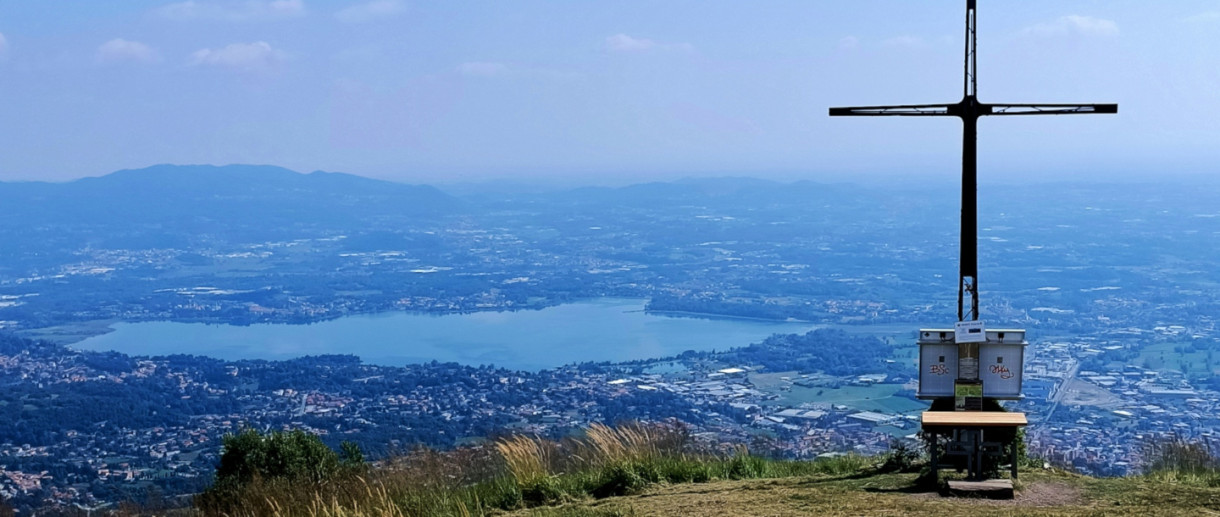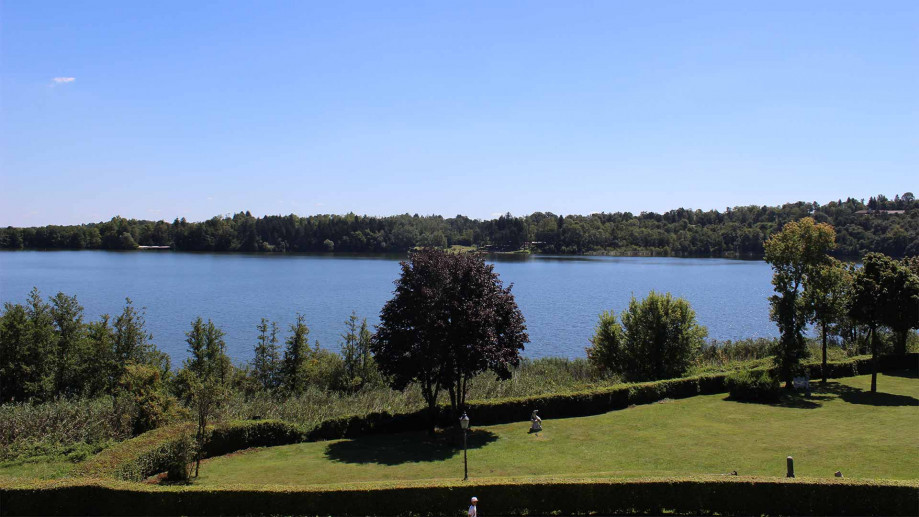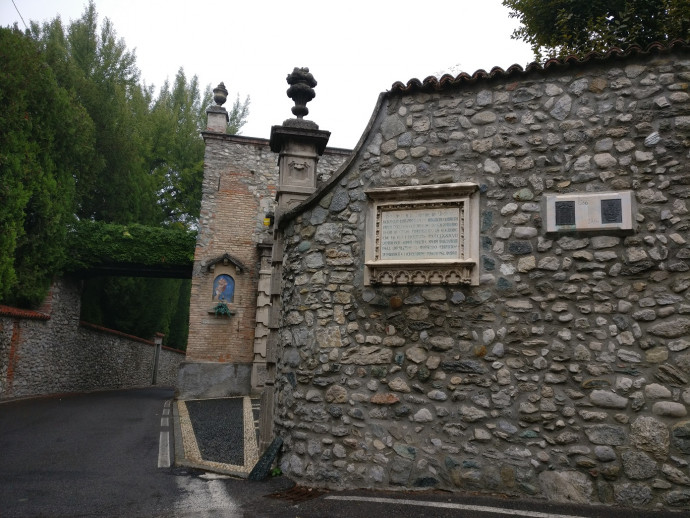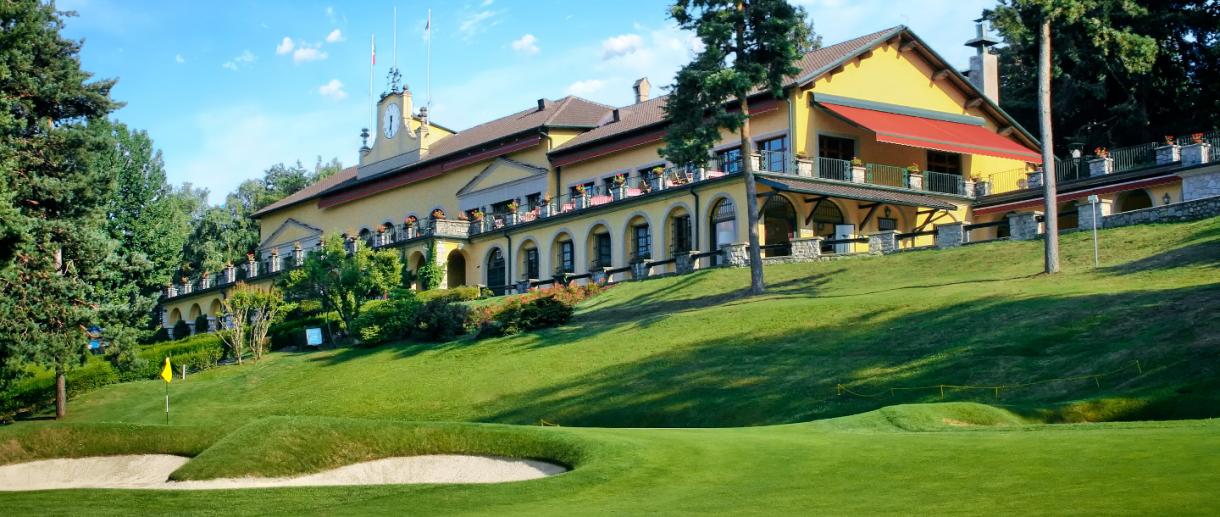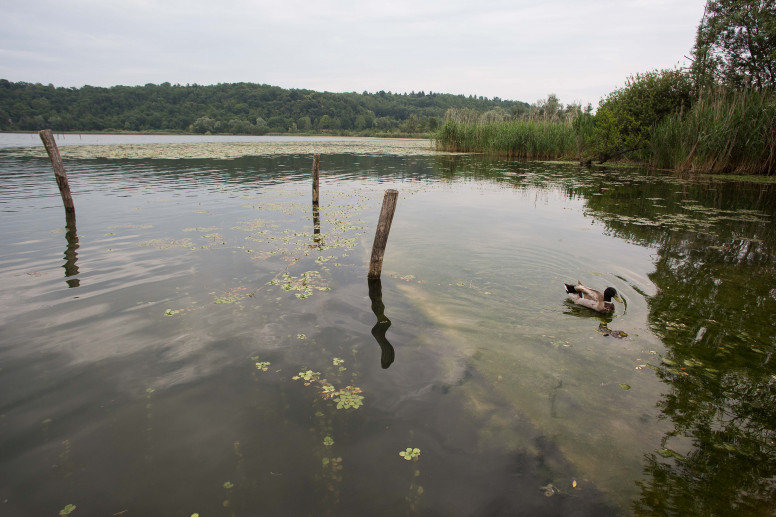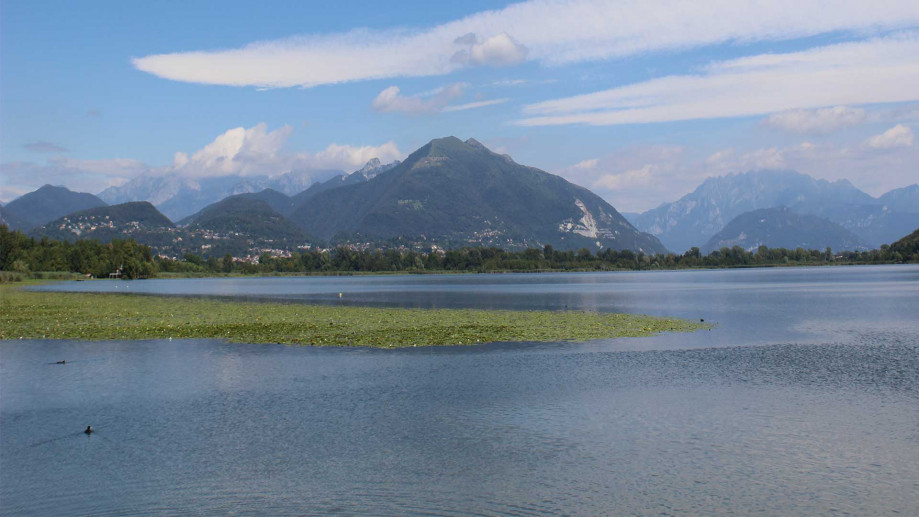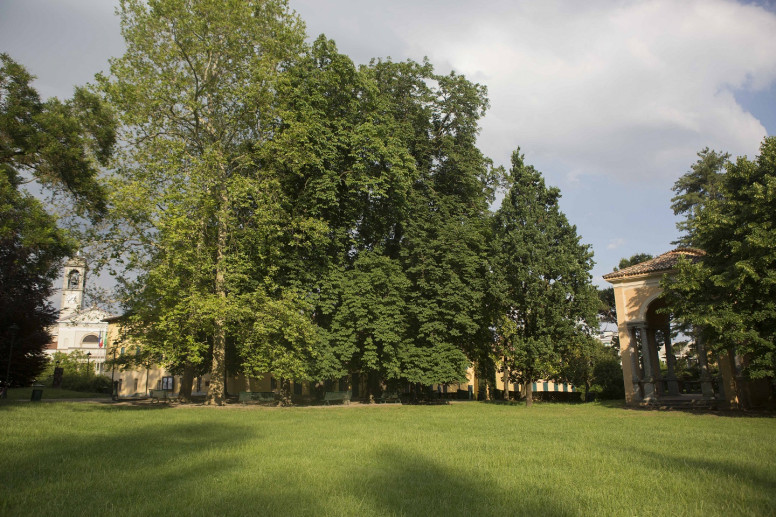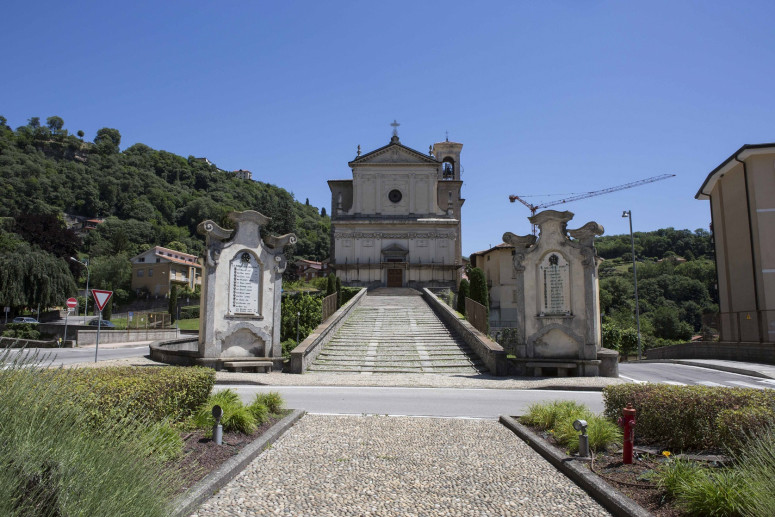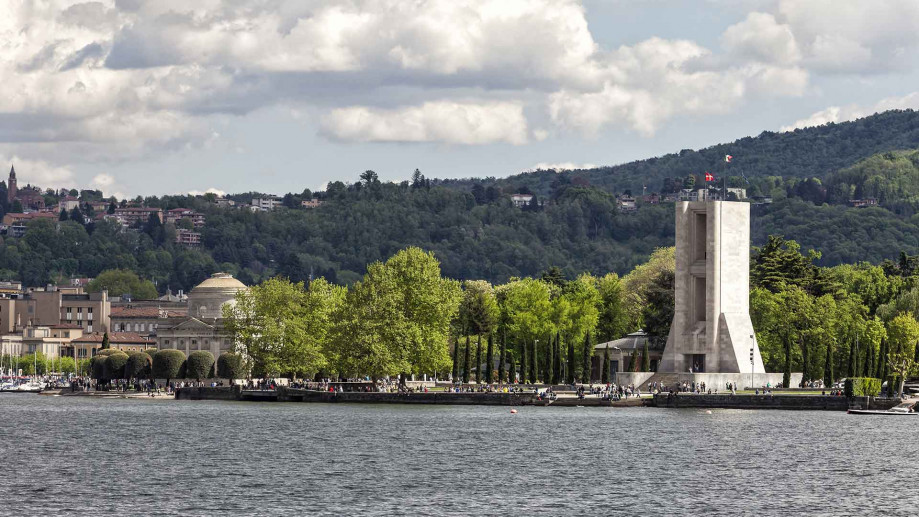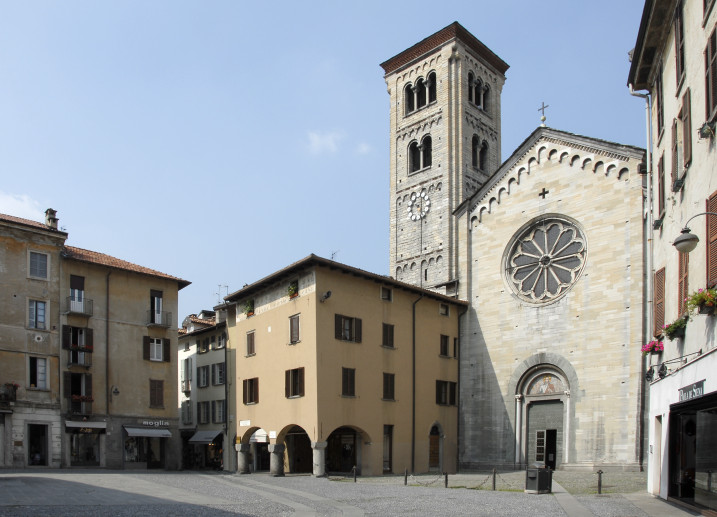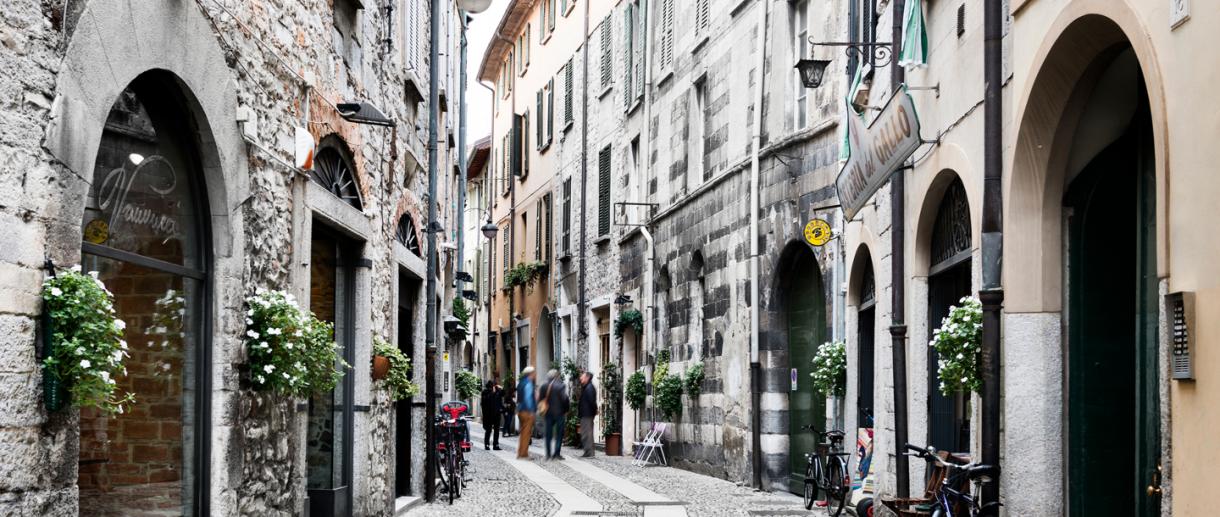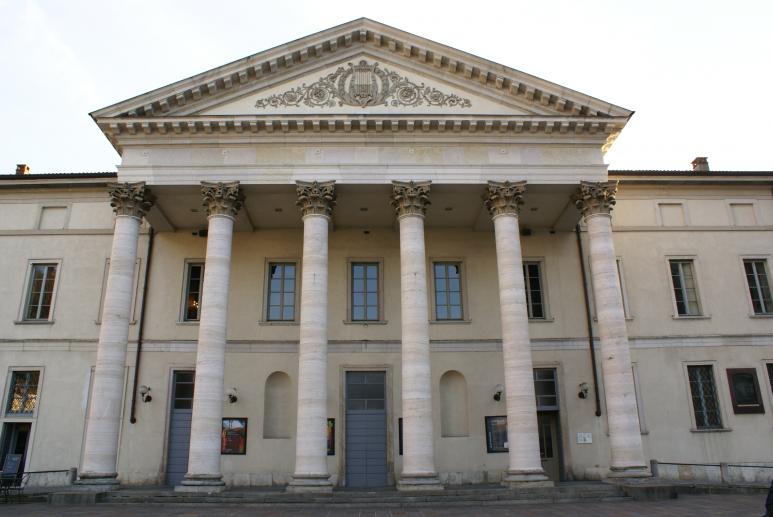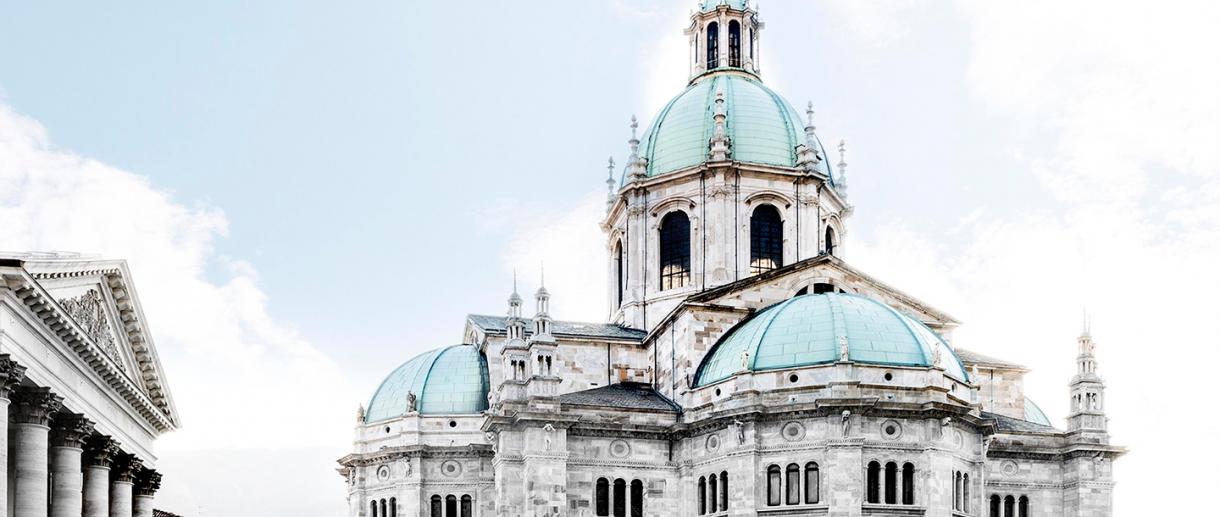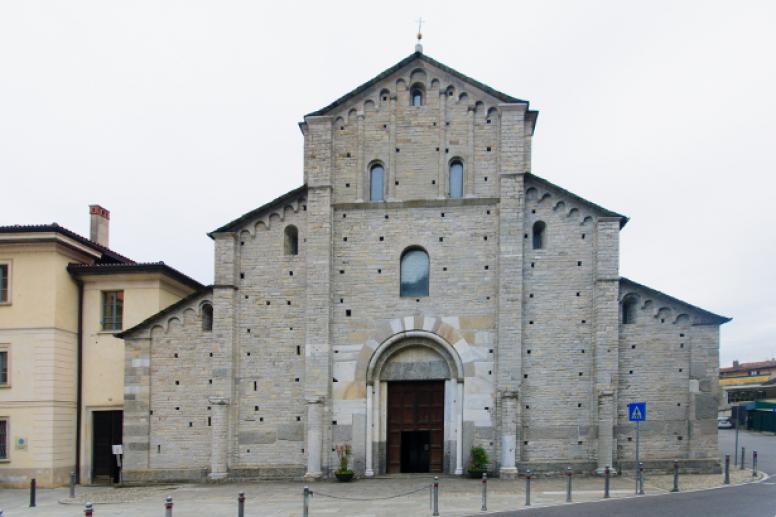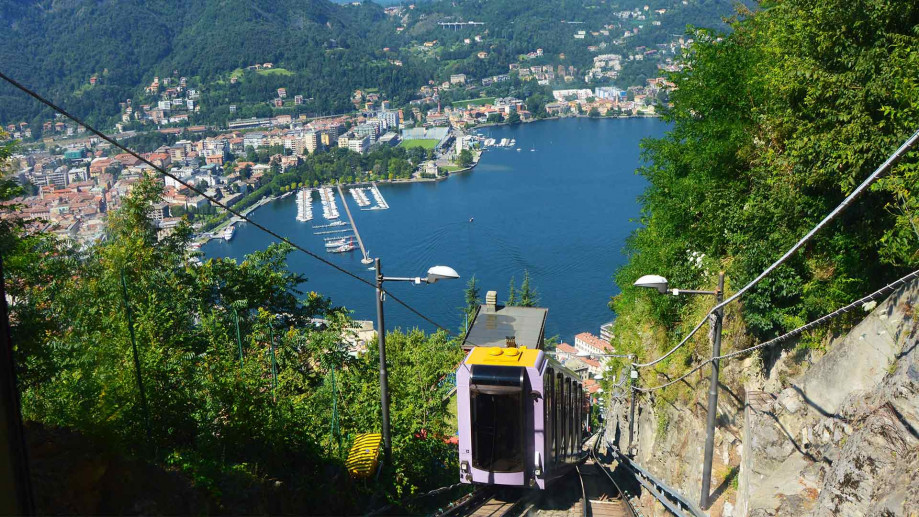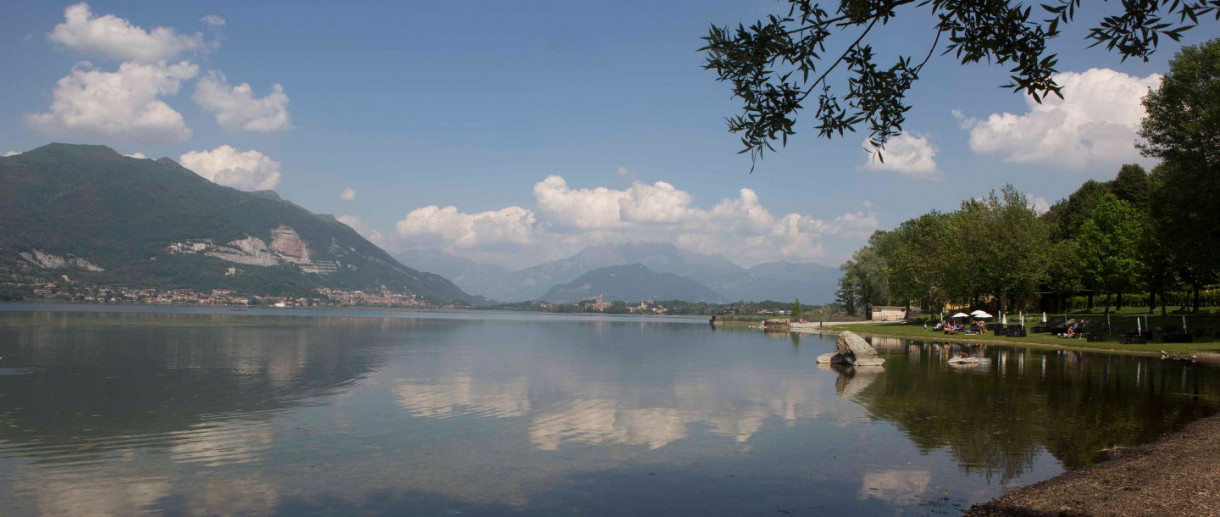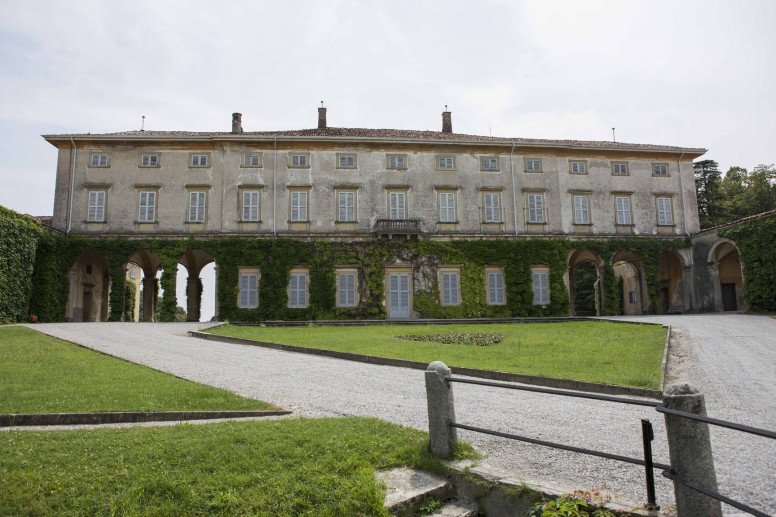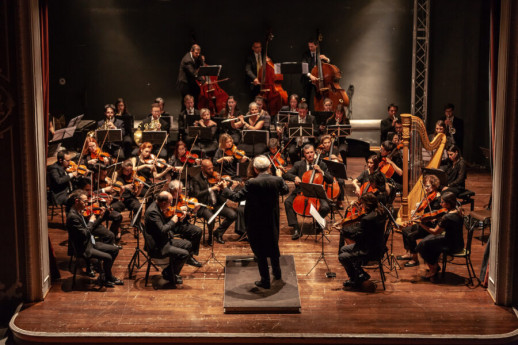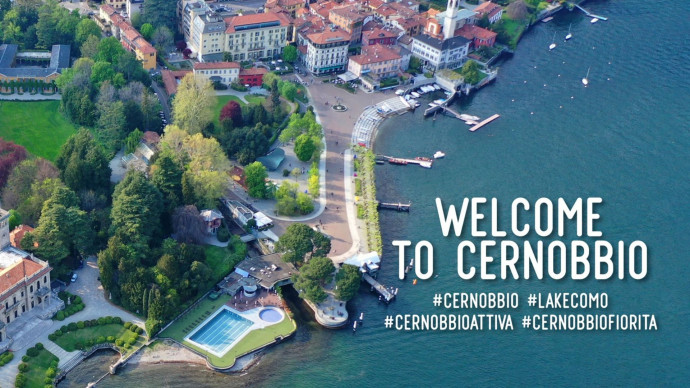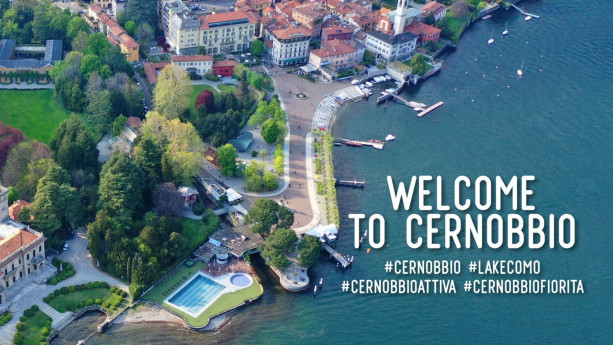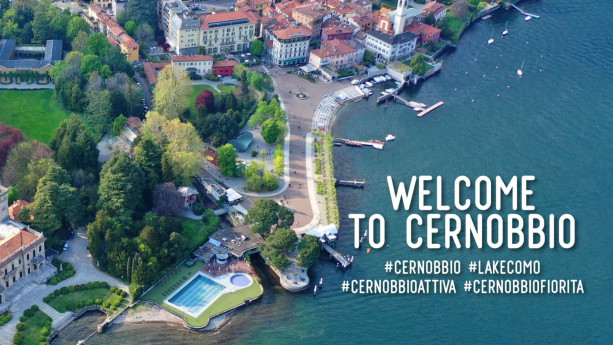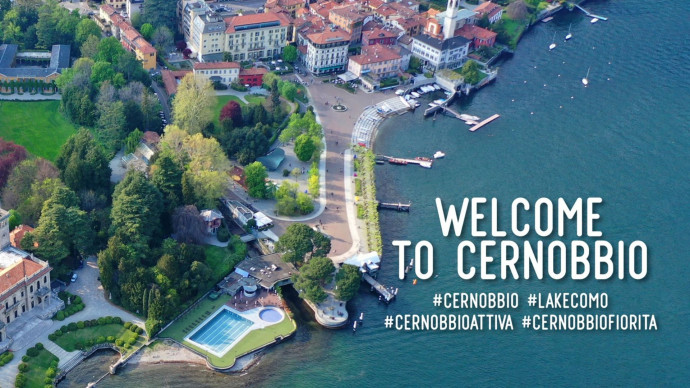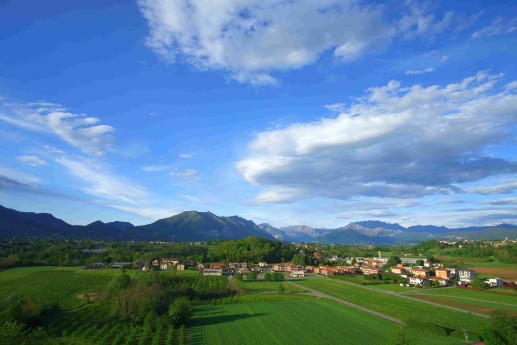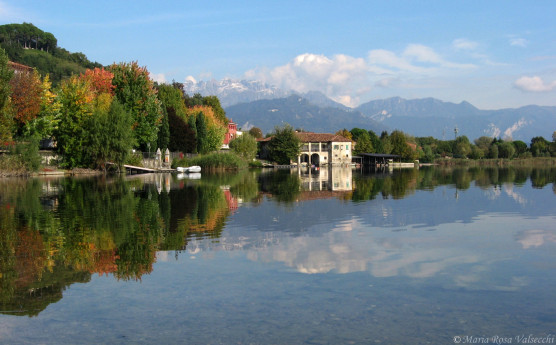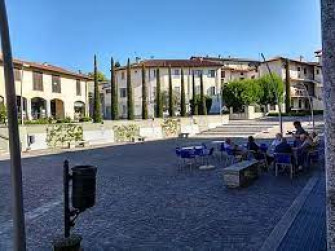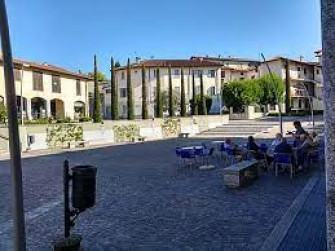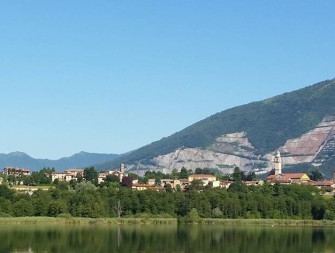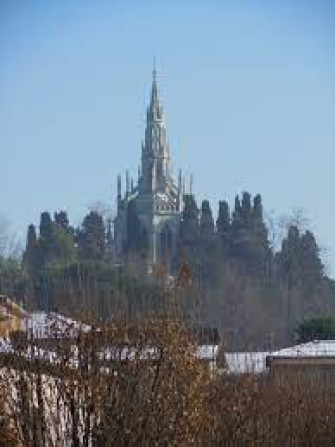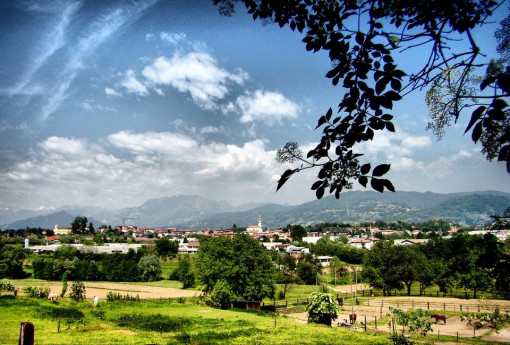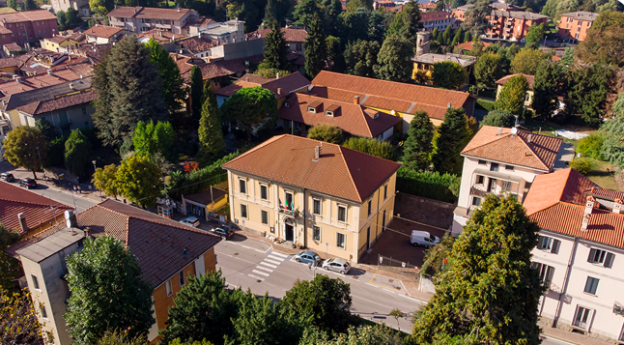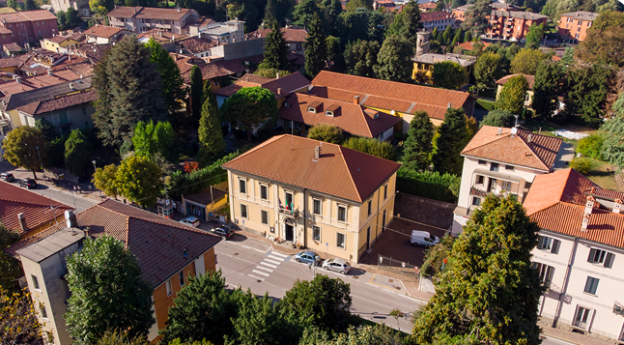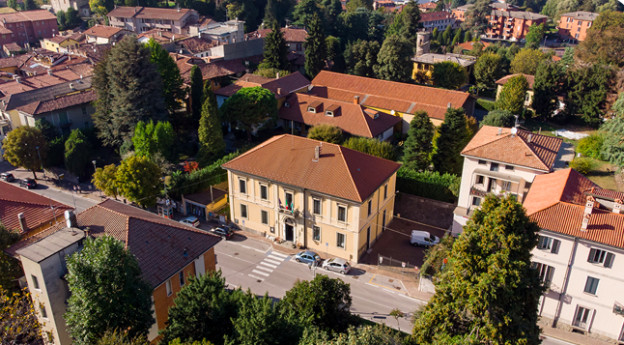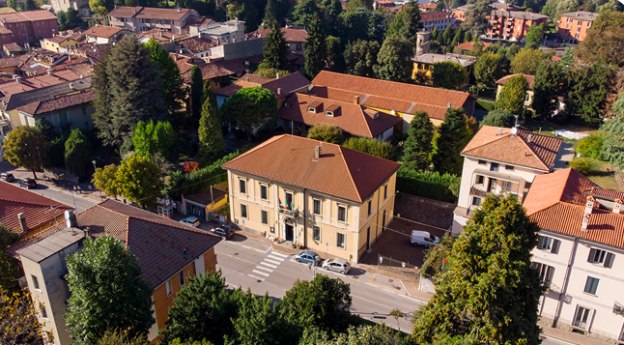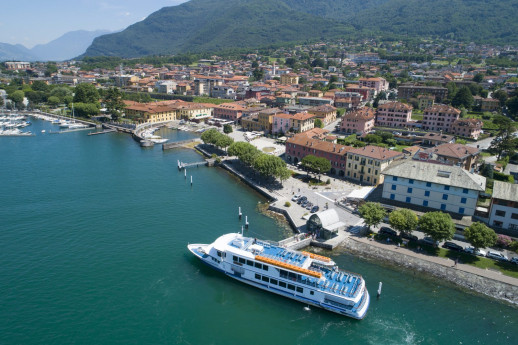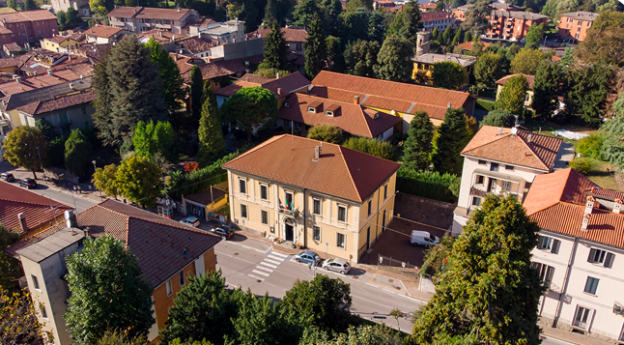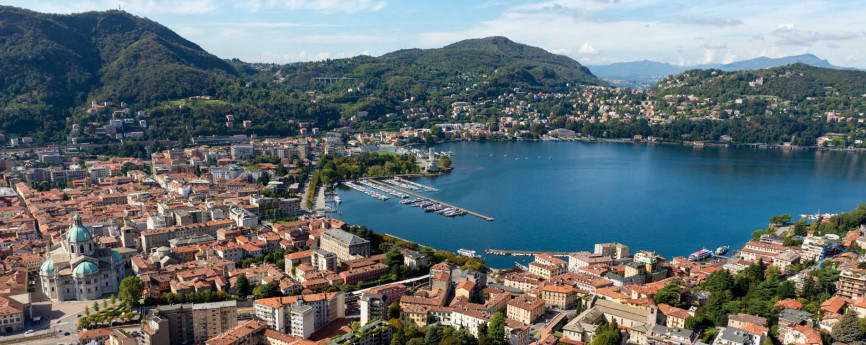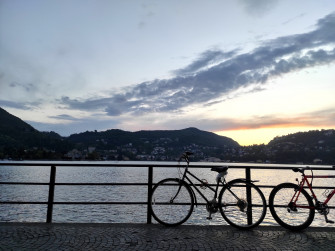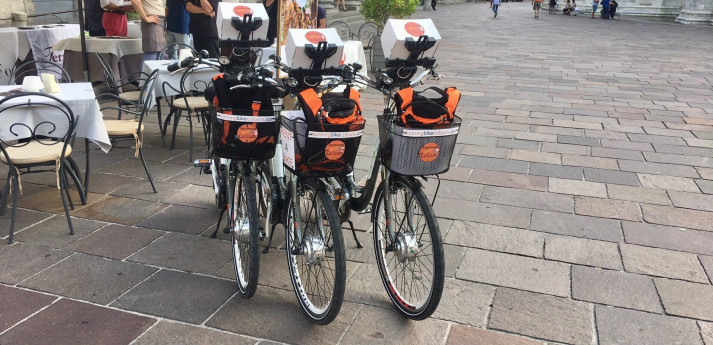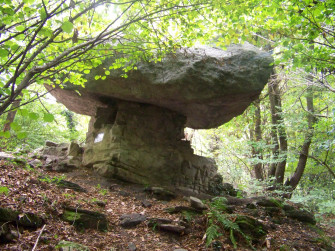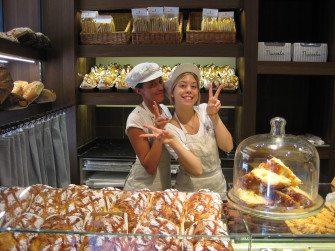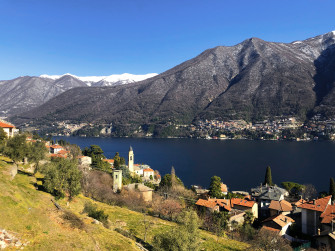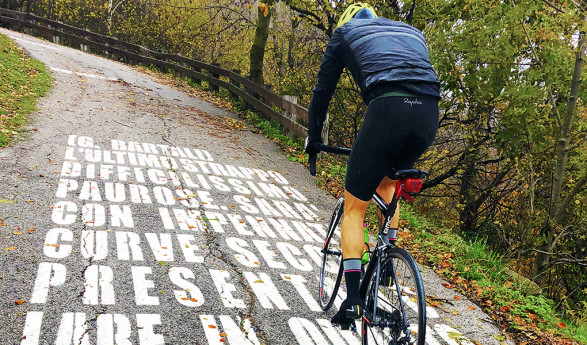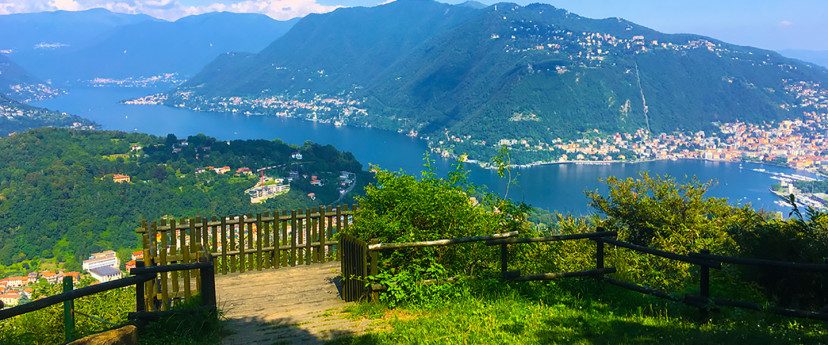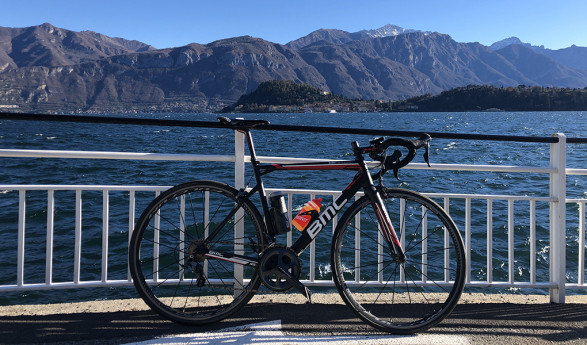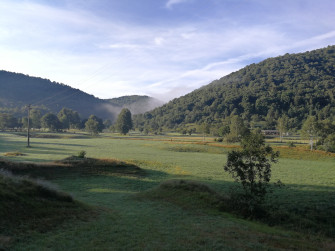- Active & Green
- Art & Culture
- Villages
- Lakes
Albese con Cassano
In Roman times, a strategic road ran through Albese: it was called Via Regina
The territory of Albese con Cassano covers practically the same area as that shown on land office maps from the early eighteenth century.
The only difference is that in 1928, these two previously independent municipalities were merged to become one by a Royal Decree signed by Victor Emmanuel III.
Going back in time, this area would almost certainly have been chosen by early settlers because of its exposure to the sun, even during the winter months (making it suitable for vine growing) and the presence here of natural springs, streams and rivers, but also for its vicinity to roads useful for trade such as, in Roman times, the Via Regina.
In the nineteenth century, poor soil conditions and the effort of supporting the local economy solely through farming encouraged the development of manufacturing. Silk and cotton factories therefore sprung up due to the ready availability of water, both for powering machines and for the treatment tanks. The nineteenth century thus saw the opening of many spinning mills in both Albese and Cassano.
In order to explain this age-old constant link to water and to transmit the memory of places to new generations, a Museum of Ethnography and Water "Lavandée” was opened in 2004, not by coincidence built on the site of an ancient wash-house from 1822. A place of work, but also of social aggregation, it represented the town’s beating heart.
In 2018, the museum was moved to the Fabio Casartelli civic centre, but the museum has a permanent exhibition of the wash-house, which now houses the Municipal Hostel and its history.
